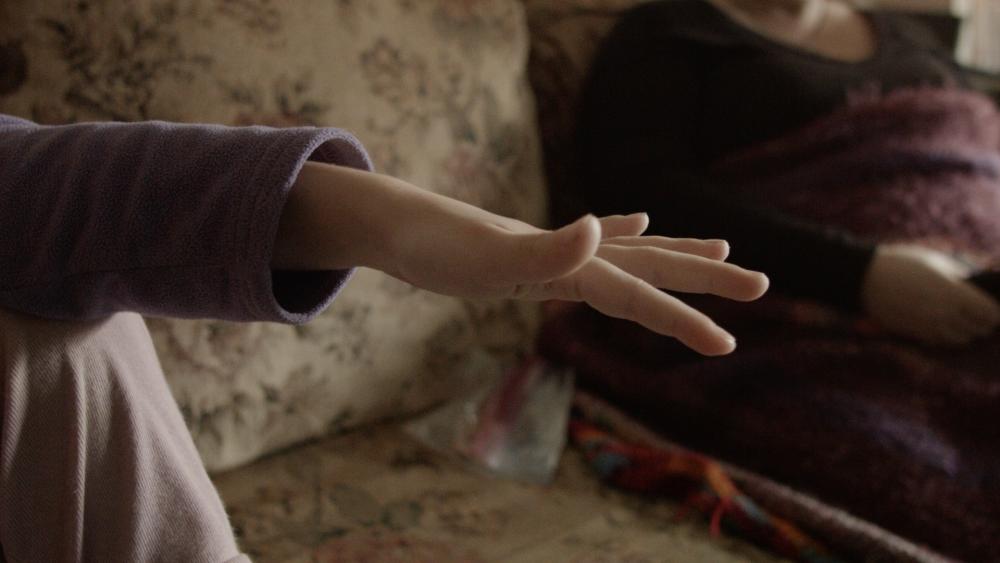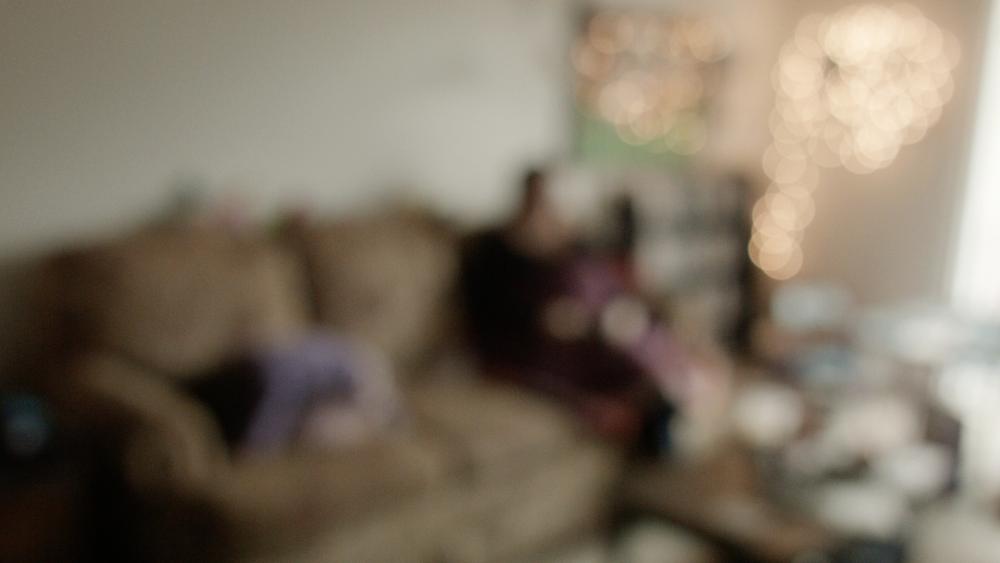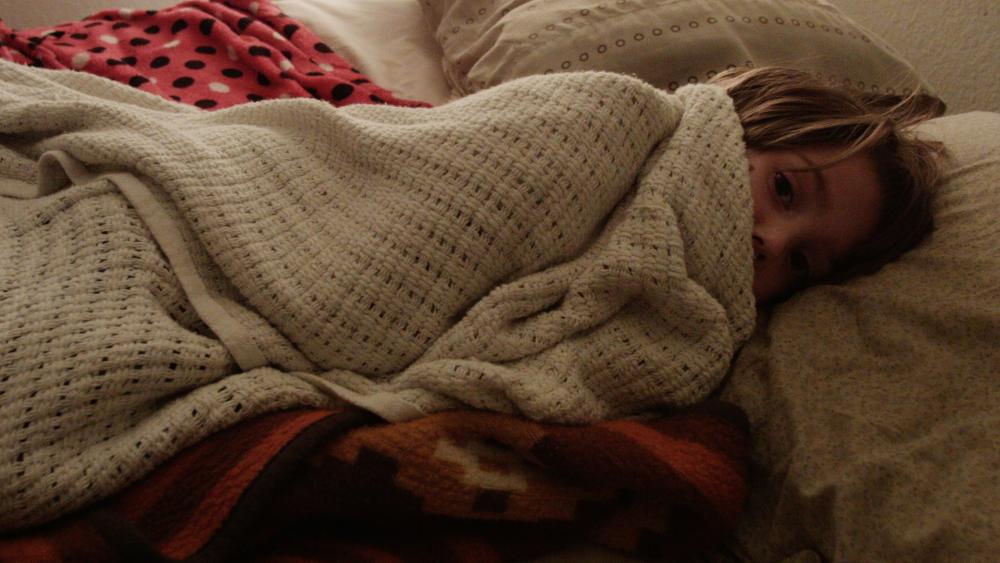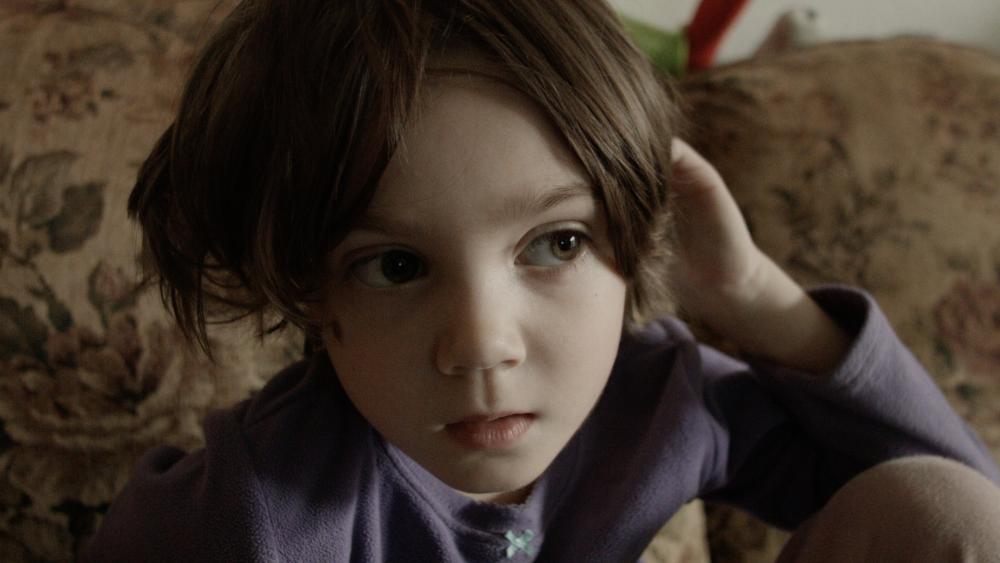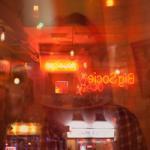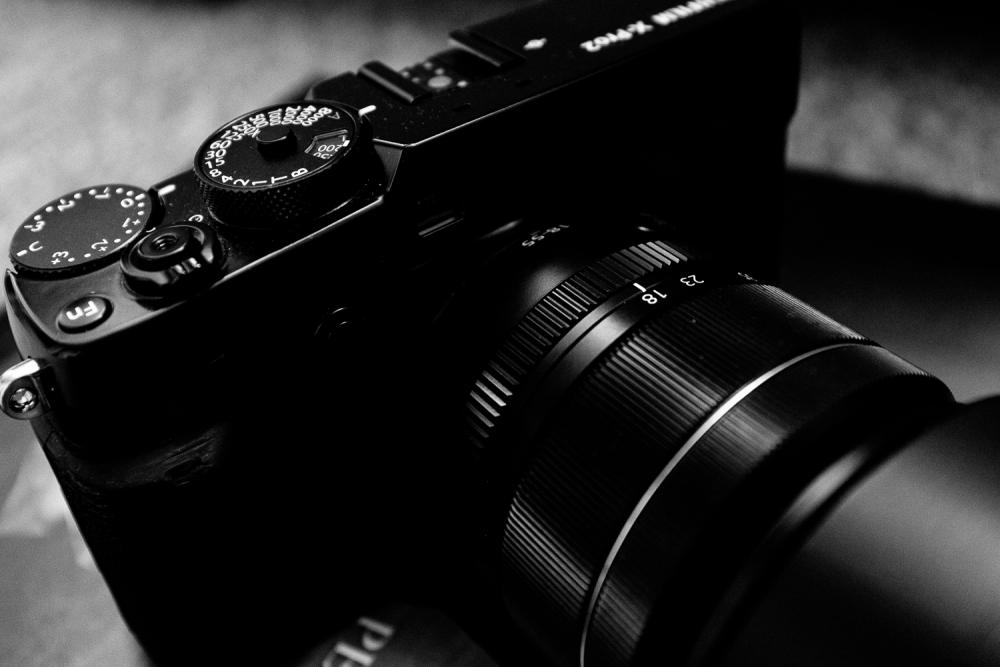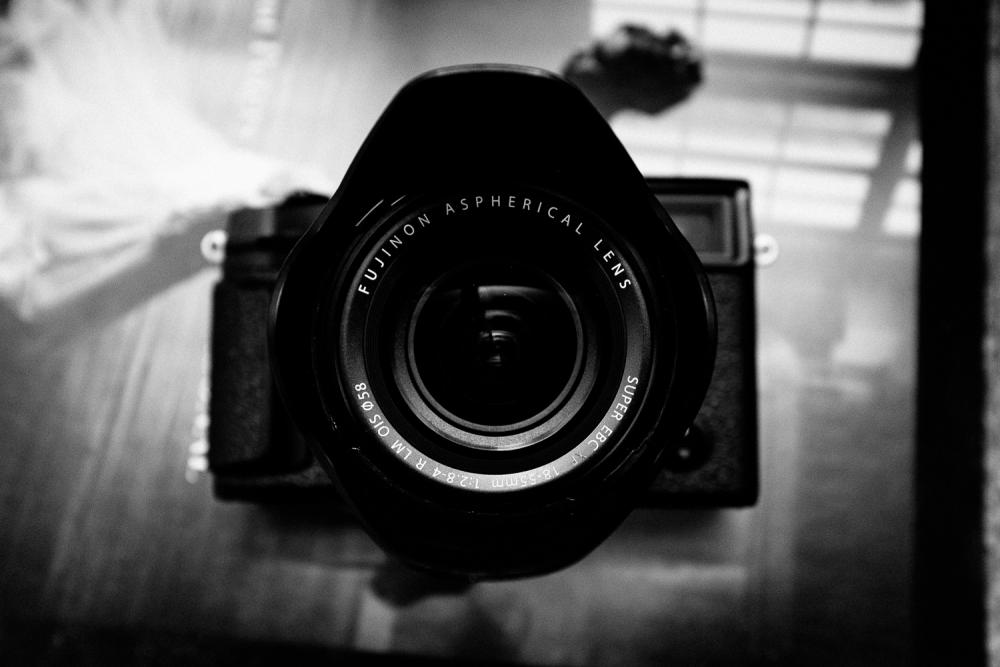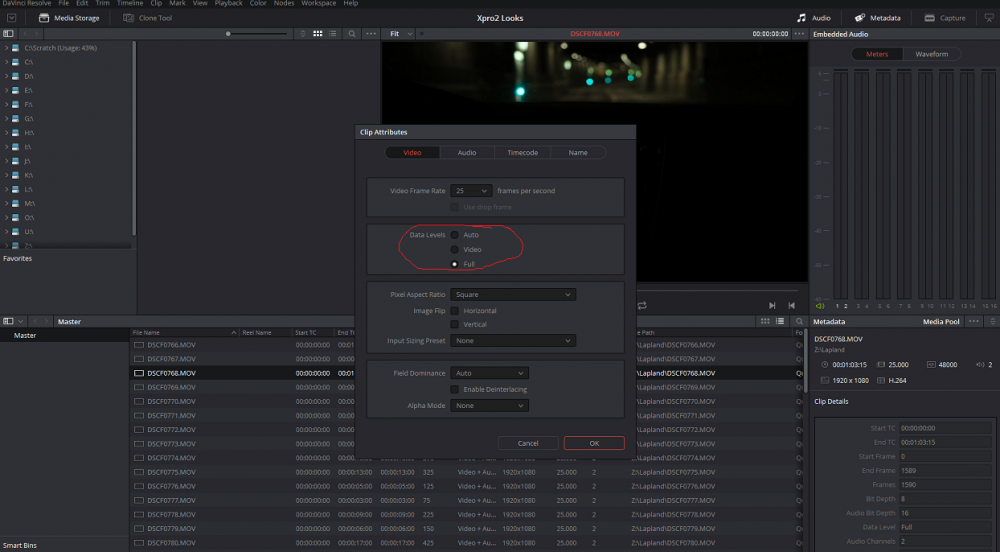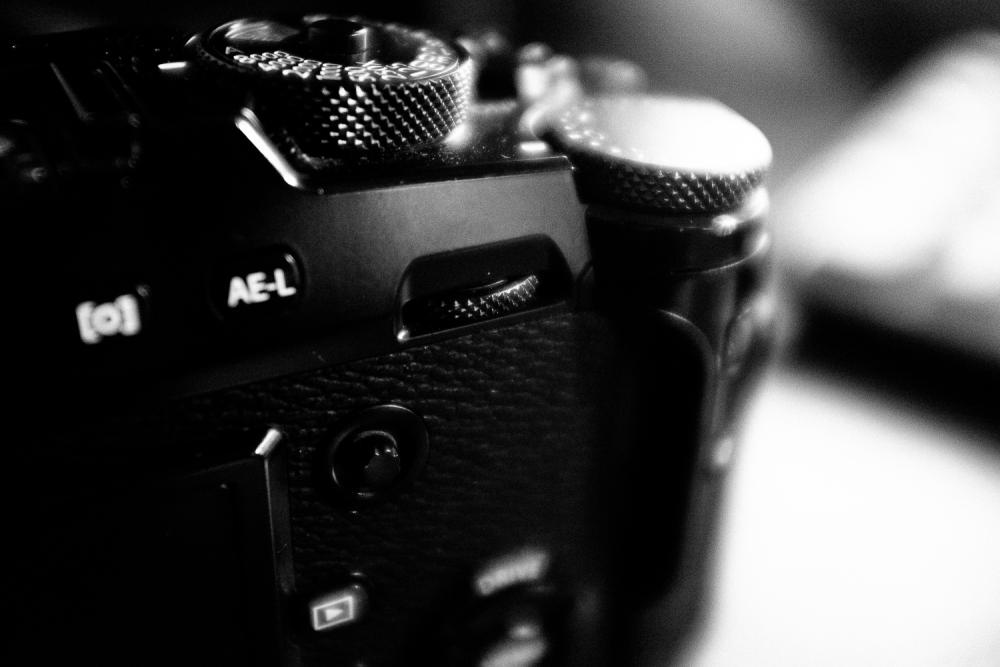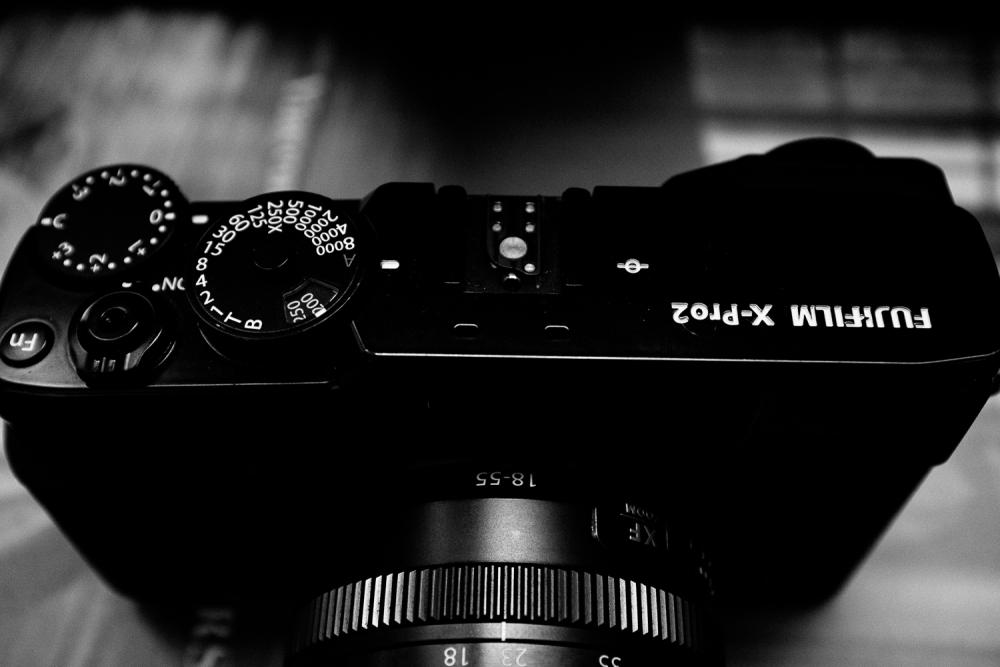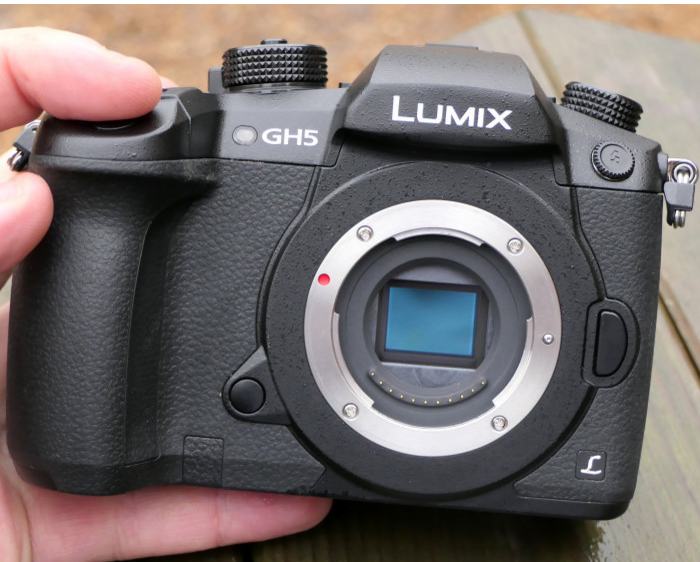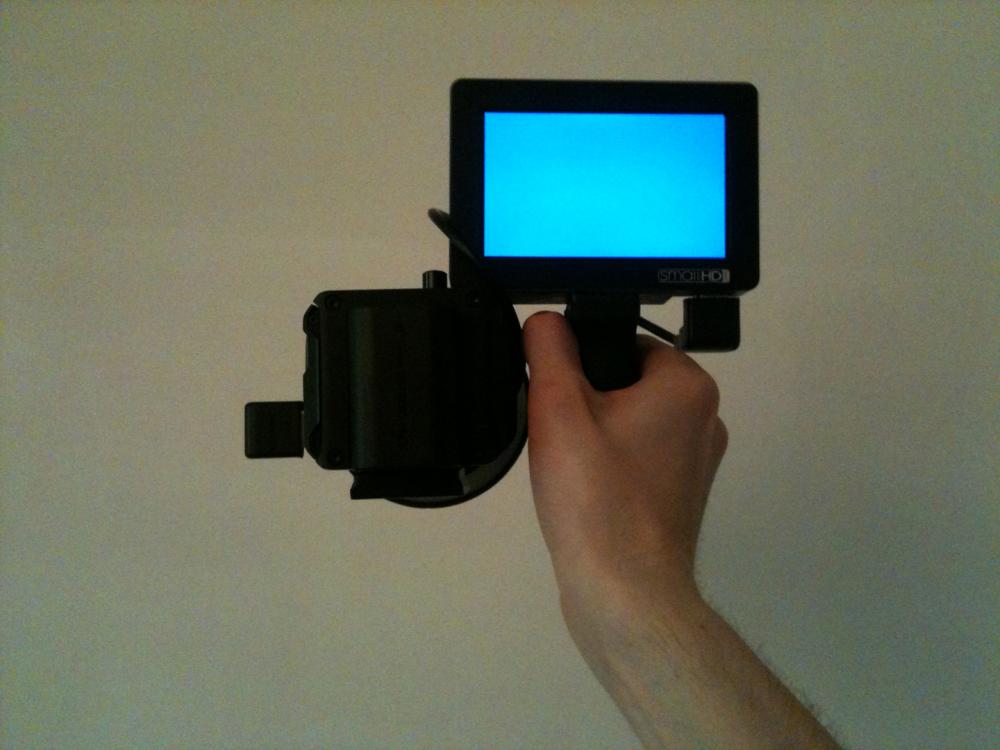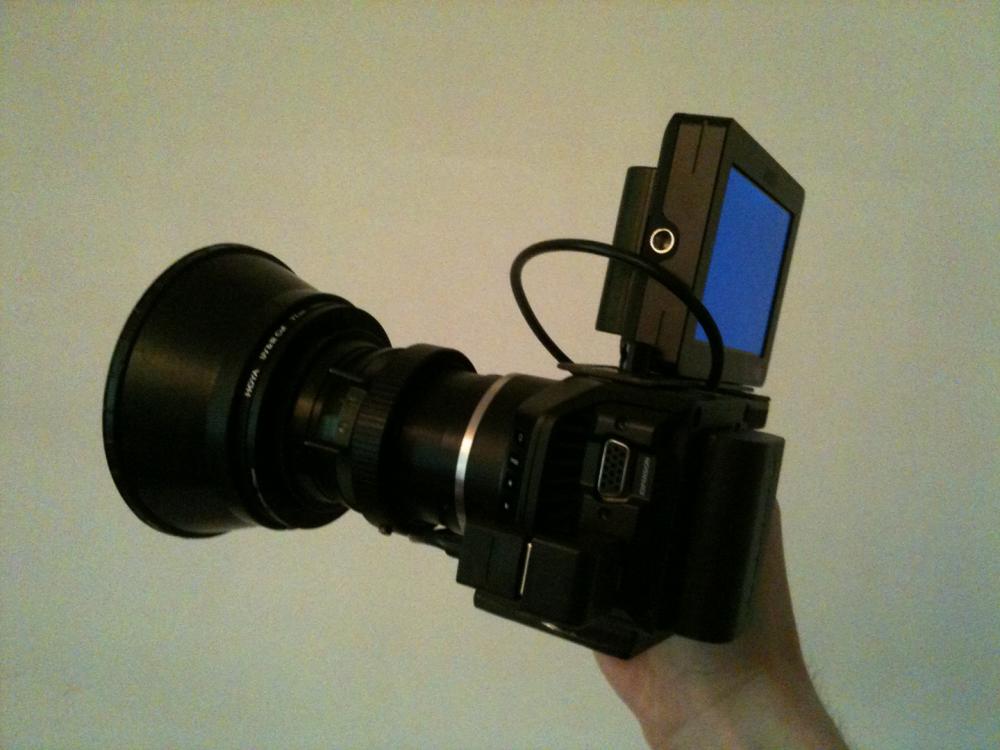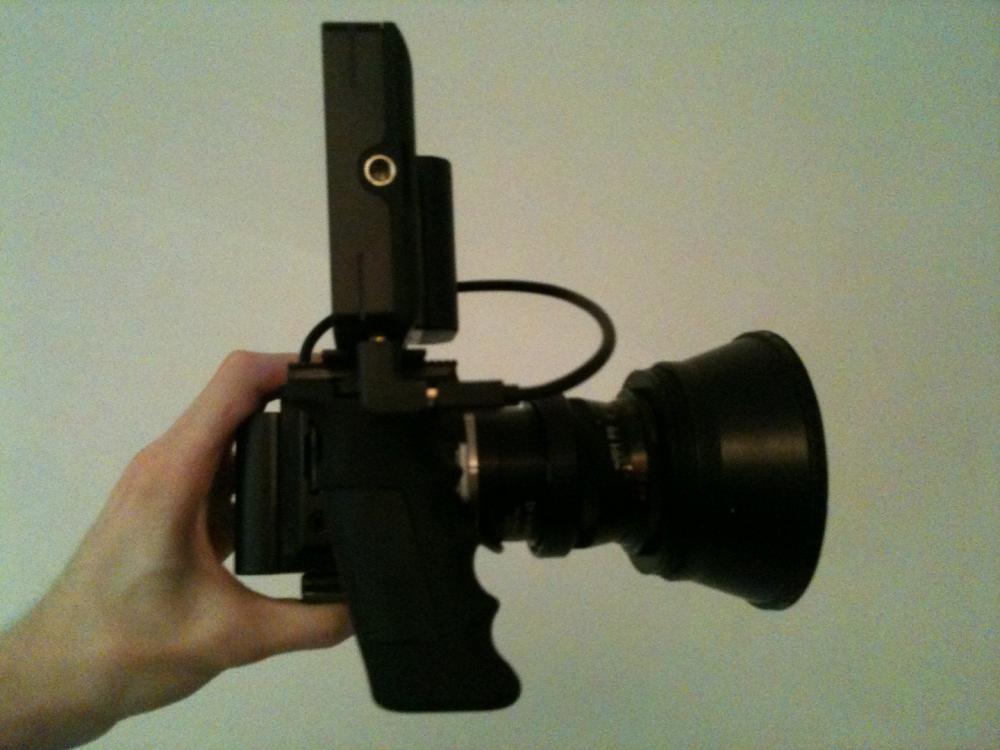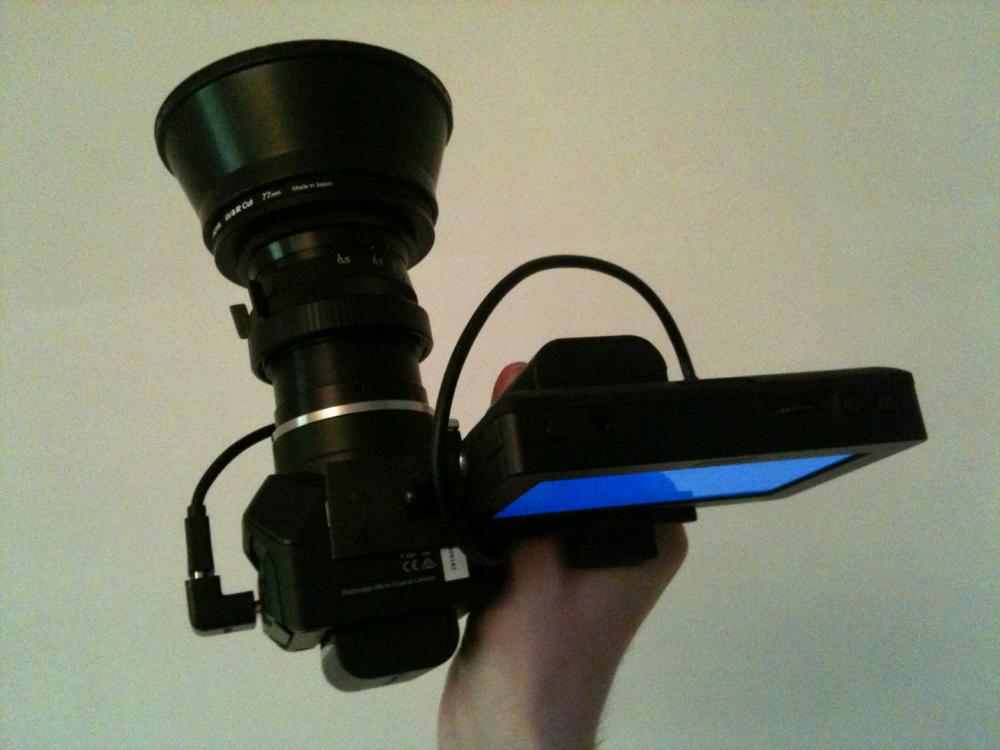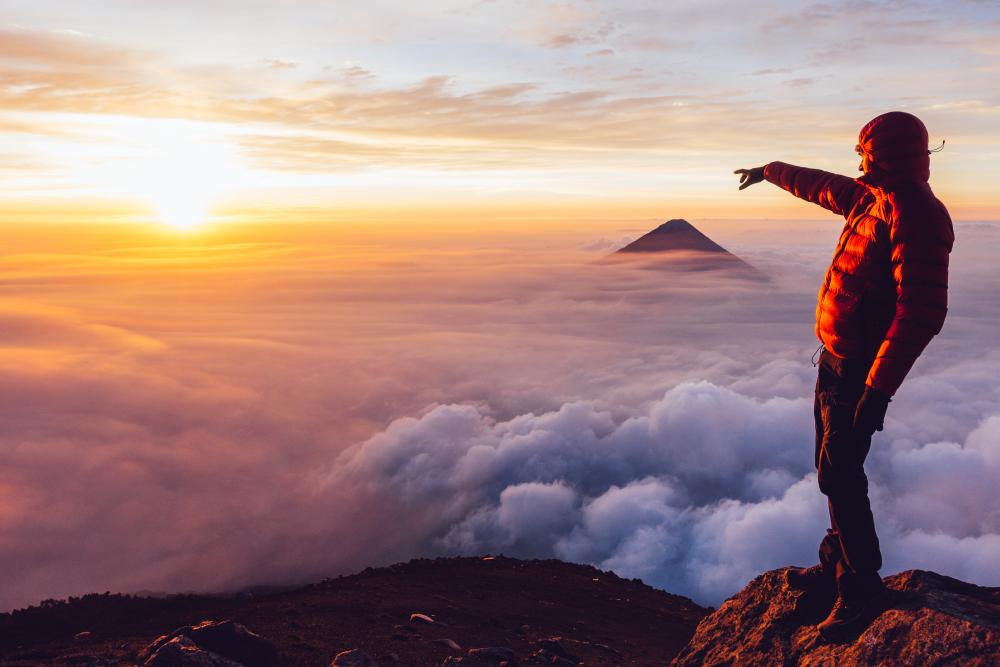Leaderboard
Popular Content
Showing content with the highest reputation on 01/12/2017 in all areas
-

Lenses
jonpais and 4 others reacted to Matt Kieley for a topic
I got the Rokinon 12mm cine lens for my bmpcc, and I love it so far. These were all shot wide open, and I was surprised by how sharp it is. Nice bokeh. And I love the perspective of this focal length on this sensor size. I usually prefer a wider lens, previously owned the Rokinon 10mm, but much prefer this lens now. Maybe my focal length tastes are changing. This might be my new favorite lens.5 points -

Samsung NX Speed Booster
Pavel Mašek and 3 others reacted to Parker for a topic
@sondreg and @Kisaha and others have expressed that I share some of my work with the NX-L. Obviously Enna is probably going to supply us with a sweet review, but I guess I can post some of my work with it so far as well. I've shot tons of stills with it (if people want to see some of those, let me know) as well as several video projects that I can't really release yet since I'm still in post with the clients, but here's one I can realease that I shot entirely on the NX-L (except for the wide angle/gimbal stuff, that was a NX500 and 12mm on a zhiyun crane), but apart from that everything in this video shot with the NX-L and rokinon 85mm. At the very least it shows off the dreamy full-frame look the NX-L provides as well as clearly maintaining sharpness and detail. I'm also happy to answer any questions. Once again, @lucabutera has done an absolutely amazing job with this wonderful piece of kit. Anyway, here's the vid:4 points -
@Axel I visited a pro colorist in London during last fall break to get some insights in the industry and methodology. I was really fascinated but the quintessence was: There is no good "wannabe colorist"...If one doesn't have thousands of hours of experience in coloring and with different cameras, don't color the footage. It will end in a massacre... Your statement on Pana footage is quite interesting, because I've discussed this on some examples in London. The guy likes the GH4 colors and said "many GH4 shots need appropriate lighting when shooting and some texture in post. He knew about the Noam Kroll settings and told me, they are quite nice and usable out of the box. In his eyes (depending on lighting or contrast), they are better than V-Log because of much easier to work with when expecting pleasant, balanced results in colours." He told me, OK the GH4 is far away from a pro Cine camera, but it a phantastic allround camera. He doesn't see as many problems with colour grade, but more with a "too perfect" texture of images and the complete lack of motion cadence. When talking about motion cadence, he adviced me - independently from which DSLR I use - to experiment with different rates of fps. With some cameras, this could work quite well to get a kind of "motion cadence" in the shots. @jonpais Motion cadence: That's probably one of the reasons, your Pana shots look so "filmic" - there is not much motion in your examples and that's why we (the audience) percieve the footage as filmic...it could be the feeling of a great motion cadence in these "chilled" shots...They look somehow like "slow motion"... Another reason could be the asiatic skin tones matching much more better the Pana colour science than shots with "pale europeans"....3 points
-
Ding!!Ding!!Ding!! Noone wins the prize! Would you like an AM clock radio or the cuddly toy? No? Ok, well you can have the X-Pro2 review anyhow... I've owned an X-Pro2 for about a year now and it is my main stills camera for just about everything that I do, which is headshots/portraits, performance, behind the scenes reportage and documentary weddings. I've always done video on the side of this as it is nice little extra when a client says to you, "you're doing our promo images, could you also produce a trailer / do an interview / record this rehearsal for us?" Until now, I've kept a DSLR system as well as my Fuji's to use for video and the more tricky movement-based stills stuff - but after bringing along the X-Pro2 to a number of dance and theatre shoots this year and seeing how capable it is, the less and less I am seeing the justification to keep the Nikons. It is simply the best stills camera I've ever owned, but this is not the point of the review. On the video side of things, I've never been wowed by the Fuji's quality but neither did I put any serious effort into testing it out. Going on holiday last year I would normally have brought the X-Pro2 and the 35/1.4 with me but instead brought the 18-55 so I could give the video a whirl. Nothing fancy, just larking around and having fun. And you know what, in it's quirky, strange little way I kind of loved it. The biggest thing about it is that it completely changed my attitude to sufficiency in shooting video and how I want to work in the future. That said though, we need to run through some basics about the machine to get to the conclusion. The Good The video quality - this is much improved over previous Fuji's, which had so much moire as to be pretty much unusable. There is still some moire present, you can see a some at 0.24 on the suitcase and 0.28 on the horizon for instance, but it is not too bad and manageable unless in extreme situations. I really like camera's colour reproduction. I was using a Pro NEG Std preset that I use for headshots and it looks just great to me. The other film simulations are cool and will likely cater to your taste. It isn't a realistic colour palette per se, but rather it looks very classic. I don't want to use the term flim-like, because that just about means anything to everybody because it is so overused, but the colours from this camera look very familiar and recognisable, no doubt because the socialisation process we all go through when we grow up looking at movies, photos, tv etc. Yeah, that's a fancy way of saying it looks nice. You absolutely do need to deal with the issue that straight off the card the files have a wonky black level. In Resolve, this is easy enough - just change the data level in the Clip Attributes screen to Full. Once you've done this, all of the detail return to the shadows. It is still 8-bit footage so you can't push it around too much in the grading, but I think the point I'm making is that you don't really need to from an aesthetic point of view. The output is really sharp - possibly a bit too much, provoking some aliasing. I didn't do any tests to see if turning down sharpness works when recording video, anyone tried this? Raising the ISO above 1600 loses detail quite fast, although the noise is not very distracting so you can get away with it. It seems quite fine and monochromatic as opposed to the sort of red/purple noise you get with Canon DSLRs for instance. IIRC the first two clips in the car were at 1600 and it looks perfectly usable to me. The build quality - really, really good. It is mostly metal and feels very solid and tightly put together. The loose and cheap feeling shutter release that the X-Pro1 had, has thankfully been replaced with a much better one. Funnily enough, I didn't consider whether taking the camera out in -25C weather for a week was going to be good for it until I was on the way home but the camera didn't skip a beat. I just took the lens off and battery out when I got in to prevent any condensation damage and it was all good. The lens choice - Fuji's lenses are just great optically. I've owned or used the XF18, XF27, XF35/1.4, XF56, XF90, XF18-55 and XF50-140 and they are all optically great and solidly built. Even the XF18 and XF18-55 which the internet seem to dump on are great lenses for the sorts of prices they command used. I used the 18-55 exclusively for the video above the stabilisation is great. Even with my crappy technique it was perfectly possible to get useful handheld footage. If you are getting a Fuji for video, you are going to want to get this lens. One caveat I will put out there is that most of the XF lenses focus by wire as opposed to hard manual rings. I think it is the XF14, XF16 and XF23 are the outliers here. The focus mechanisms are dampened and pleasant to use but obviously you can't use follow focuses etc. The looks - I won't wax lyrical but it is a fine looking camera. Beyond the venality of this, it does come in useful if you work in the way I do and value an unobtrusive camera that can also be a conversation starter. I bumped into a photographer acquaintance of mine at a bookstore and she was convinced it was a film camera. Many times with the camera to my eye recording video people have assumed I'm hipstering it up with an old rangefinder and ignored me. The Bad The feature set - 4K, IBIS, headphone jack, LOG profile, HDMI out, audio meters etc etc - yep, this camera doesn't have any of that. It is just about as basic as it gets in terms of what you get for your hard-earned. 15m max record time. The price - linked to the above, this is not a cheap camera. It's about £1250 brand new right now, and you are going to want to spend £300 or so on the 18-55 as well. There are a lot of other options in that kind of price bracket. The ergonomics - this is the real killer. The camera's tactile controls and multiple viewfinders are a pleasure to use when taking photos but translate very clunkily to using video. The OVF and hybrid finder work perfectly for taking stills but feel very off for video. The concept of seeing out the frame becomes less useful as the tab which shows your exposure and focus is often too small to be useful. The worst culprit though is the rear wheel that is used to trim shutter speed. In a big step back from the previous model, this is much easier to knock with an errant thumb. I normally turn this off when shooting photos but you can't when shooting at 24P/25P because the top wheel stops at 1/60! To top it off, Fuji has made some very strange choices about what you can and cannot change and access whilst recording. So, you can change your shutter speed (and you will, many times and always accidentally) but you cannot change ISO. Yep, the ISO ring does nothing whilst recording so if you are walking between inside and outside for example you are out of luck. Eventually, I gave up and shot everything in 30P, disabling the rear wheel. Also, you can't access a histogram or the focus peaking tools whilst recording. Why? No idea... This adds up to a fairly cumbersome shooting experience until you get used to it, although it is a bit easier on a tripod for a static scene. So what does all this add up to? At the end of each year I ponder at length what has gone well, what needs improvement and where I want to focus my energy in the next year. It quickly became clear to me that the video side of what I do is very much an after thought but demands an extraordinarily high amount of kit. After looking at the holiday stuff, it struck me that for all of the flaws and gimme's of this camera, it is absolutely sufficient for what I need: a nice 1080P image, the ability to get handheld footage and a form-factor that suits my documentary style. In fact it is way better and more enjoyable than lugging around a D750, two pro lenses, a big-ass tripod and a Video Assist. I feel much better about pushing myself to do good stuff with this machine than relying on a load of gear that ultimately weights me down. I'll still be able to do the quickie Youtube vids / interviews / casting tapes that my clients ask for, just do it in a more fun way. The point of sufficiency has been reached. For me this has been a great lesson that more isn't necessarily better and that learning to use what you've got will make you better at what you do. So, the Nikon stuff is now on sale: http://www.eoshd.com/comments/topic/21355-fs-studio-sale-nikon-blackmagic-and-sachtler/ Should you get one? I'm aware this a video forum so people's needs are going to be different to mine but here is how I feel about it: Do you shoot mostly video? No, get something else. Do you do half and half and are looking for a second system? Maybe, rent one and try it out. Are you a photographer who wants to do a bit of video and likes the rangefinder style? Seriously consider it.3 points
-
Opinion - DXOMark's camera scoring makes ZERO sense!
ttbek and 2 others reacted to BlueBomberTurbo for a topic
I do agree that DXO's rankings are a bit questionable, but not too far off. There are generally valid explanations of the issues you cited: NX500 over 5DS and NX1: I've personally handled 5DSR files, and can say that the IQ is terrible. Even Canon stated not to expect much more than their old APS-C cameras in the IQ department. I've read a few times that the NX500 is considered to have higher IQ than the NX1. By how much, I don't know. But viewing test RAWs of the NX1, I'd say DR and high ISO are around 1/2 stop behind the Nikon D7200. DXO One: Its Super RAW literally is super. It takes 4 RAW files, stacks them, and averages out the noise. The difference is dramatic. While the detail level isn't the best at high ISO, the lack of noise is well beyond FF capability. This is similar to Olympus' high res RAW mode, but instead of increasing resolution, it reduces noise and increases detail at the same output size. D3X over D5: The D5 is a bomb below ISO 1600, nearly matching the 5D III. Even crop sensors beat it. The sensor is tuned for mid/high ISO performance, though current technology only goes so far. The gains, while there (+1/2 stop vs 1DX II), really aren't worth the trade off for the flexibility in low ISO RAW. Worthy of note is that the D3X has a Sony sensor, while the D5 is Nikon's own creation. D600 over 1DX II and P40+: It's true. The D600 kills the 1DX II in DR at base ISO, and at worst, ties it the rest of the way up. the 1DX II literally has years-old crop sensor performance in that area, despite Canon's massive gain in their new generation of sensors. High ISO is also neck and neck. Vs the P40+, the sensor in the MF camera is quite old. Despite having the resolution advantage, it loses out in DR and high ISO by quite a big margin. By ISO 1600, colors turn to mush, which doesn't really happen on the D600 at any ISO. D3s and D700: I've also worked with files from a D700 multiple times, and can say that yes, its sensor is outdated at this point. It's competitive with today's crop sensor cameras (minus Canon's) at best. The A7S/II sensor has been compared to current medium format in its DR and ability to reproduce color. Once again, the D3s/D700's sensor is Nikon's own. Nikon isn't very competitive when it comes to sensors, and probably had its best attempt at competing with Sony in the D4/s/f. All of the rest of their sensors just don't stand out, though aren't as bad as Canon's. I have a feeling that resolution plays a big part in DXO's rankings. If you downscale the A7R II's files to A7S II size, they will certainly have an advantage in their "Sports" rating. It might also be why the A7R II beats the D810, when the D810 clearly has about 1/3 stop advantage at high ISO. My friend tested 2x A7R IIs before returning them and keeping his D810. #IQsnob. For DR and high ISO, they test noise up to a certain amount. How they get to that amount, who knows, but it's a cutoff point they chose that represents the transition from "OK" noise to offensive noise. So while sensors may have DR response up to a certain amount of stops, after a point, it becomes wiser to turn things back a bit in software. Where that happens is up to the user, as it's a more subjective choice. And "Color" is more about correctly reproducing color in RAW than how the final JPG is rendered. Color in the Canon sense is highly subjective. Color against a known testing scene/chart isn't.3 points -

New information regarding H.265 on the Panasonic GH5
Juank and 2 others reacted to theSUBVERSIVE for a topic
Interesting, I've been looking for someone with enough knowledge of HEVC to ask a few questions, so if you have the time, I would appreciate. But before that, from what I've read, VP9 wasn't really as efficient as HEVC, being closer to AVC than HEVC but I don't know how much it has improved since then. Does HEVC have All-I encoding or just IPB? If it has All-I, how much less tasking would it be compared to the usual IPB? Is there advantages of having an All-I H.265 encoding? I fully understand that NLEs and computers haven't caught up with HEVC yet but since Panasonic GH5 is already capable of encoding it, I don't see why it shouldn't have H.265 for 4K as well, even if RIGHT NOW most people wouldn't be able to take fully advantage of that. Well, simply because some people would and as time passes, more and more people would, H.265 is after all the codec of the future and having a camera like a GH5, that is already making some splashes, using HEVC, that by itself would help the industry move forward faster since it would help creating a demand for that. Otherwise we will be stuck and simply waiting for Manufacturers and Software to start supporting whenever the feel like and since there is not much demand, why would that be a priority for them? So even if I can't personally take full advantage of HEVC now I would like Panasonic to think forward and implement it, if Photo 6K already uses it and if Anamorphic Hi-Res will also use it, I can't see why they couldn't be able to implement it for 4K or even create a 5K video mode. 6:9 5K is 4800px and DCI would be 5120px - which is why this is much more like Photo 5K than Photo 6K, what an unnecessary marketing BS. Anyway, I'm all for pushing technology forward. C'mon Panasonic, just give people the option to record in H.265 10-bit 422 - since Photo 6K seems to be 10-bit 420 for now.3 points -
I'd be really interested to see the result of this combo.2 points
-
OK let's play the ego game. I have a degree in Cognitive Science from UCSD with a specialization in artificial intelligence (and have written neural networks from scratch, worked on projects with GPU neural networks as well as machine vision). I've written complex real-time simulators including flight simulators using fluid dynamics to model airflow, custom energy-accurate integrators, and 100% custom from scratch impulse-based rigid-body physics. For the driving simulator I modeled the ground using cubic polynomials with a Newton gradient solver to intersect rays to compute tire-surface interaction with C1 continuity, allowing for very high speed accurate collision modeling (including physical bump mapping to simulate roughness when needed). The engine sound simulation was modeled on my Z06 Corvette (recorded from actual engine then modeled in real-time). The tire simulation is completely custom (a very hard problem to model realistically due to the nonlinear behavior of the elastic rotating tire), the network protocol is a custom UDP design which incorporates TCP design elements (reliable) with UDP elements (non-retransmitted elements such as position) for optimal network bandwidth utilization (used in the first XBox Live! game). Additionally, the physics simulation hid visible lag well over 500ms, including collisions. AI is used to drive the cars around the track and avoid collisions (the flight simulator also used AI to fly the aircraft, which could also perform post-stall maneuvers, long before real aircraft could do this in real life. The model uses a generalized rigid body moving through a fluid, which wasn't replicated by other developers until many years later). I wrote the first stereoscopic head-tracking multiplayer games for the PC (virtual reality), including 3D sound modeling, and showed John Carmack (now CTO of Oculus) how to do proper stereoscopic 3D when my company ported Quake to stereo3D for H3D Entertainment. I'm an expert in real-time simulations and accurate modeling of real-world systems. I'm very familiar with the scientific method, as well as how to conduct single and double blind studies for psychology. When I proved that the full frame look is a myth, people still argued and didn't believe it (some still don't believe it). I did the math, did the experiment, and showed the results for others to replicate. http://brightland.com/w/the-full-frame-look-is-a-myth-heres-how-to-prove-it-for-yourself/, There's another thread where someone created excellent 3D renderings, taking the lens out of the equation, and some folks still argued. So the point is even with the scientific method, math, real-world examples and simulations, people still argue because of their ego, just like you are doing right now. You are using ad hominem, which is an instant fail in debate. You've got to focus on the topic at hand, instead of attacking the other party, otherwise it becomes clear you have no valid argument in the debate. From my background in mathematics, physical simulators, networked simulations, and artificial intelligence, I can see patterns in systems such as quantum physics when combined with concepts from psychology (as well as life experience) that make a good case for concepts like "thoughts make things", that working together and not fighting is more efficient in terms of energy, and am confident that a simulator which replicates large systems such as what is going on in the world today would coincide with economist Mark Blyth's analysis on the effects of Predatory Capitalism. The quantum experiments show that the universe reacts to perceivers in irrational ways. Einstein thought quantum entanglement was bunk, calling it 'spooky action at a distance'. He was wrong. These simple concepts should give one a powerful idea as to what the universe really is on a large scale. Due to the quantized nature of quantum physics (hence the name), some theorists believe the universe is a simulation running in a computer (and are creating tests to check the theory). Hinduism, Buddhism, Zen believe the universe and everything in it is God (which makes all of us elements of God). Alan Watts does a good job describing it (YouTube). And that there's a 'peek-a-boo' with our consciousnesses and the universe/God which correlates well with what we are learning about quantum physics. Science can't explain everything (not even close), it's just a tool, and said tool has limitations. The human filter on reality also hides the true nature of reality, and the only way you can see this is through meditation and/or through compounds such as DMT (which shuts off the human filter 'software', especially 5MeO-DMT). This post is intended to open your mind to possibilities beyond close-minded thinking. If you disagree and choose not to look deeper into what reality really is, that's cool. Many people enjoy living in illusion, The Matrix was a good example of this concept.2 points
-
@Marco Tecno Exactly. But as it lacks an individual image texture (tack sharp, puristic look), so people speak about "over sharp". When Canon declares their 720p mushy pixel soup as 1080p, C-Fanboys speak affectionately about "warmish and smooth outlines"...Resolution is nothing but resolution. 4K should be real 4K. After watching some newest RED footage on an expensive monitor in London, I would say, NX1 footage seems "mushy" compared with the RED one...As always, it's a matter of perspective...Tack sharp footage can be smoothed in post...BUT mushy, baked in pixel soap can NOT be sharpened as much...2 points
-

Lumix GH5 Downloadable Footage
Juank and one other reacted to Don Kotlos for a topic
Maybe hard to find at first, but your footage (and its variations ) is the first thing that pops up on YT or Vimeo. Kudos for providing the footage for all to play, and for all your efforts (as in feedback) to make GH5 an even better camera.2 points -

Opinion - DXOMark's camera scoring makes ZERO sense!
noone and one other reacted to webrunner5 for a topic
Well even if their testing is flawed to some people, it is flawed for all cameras tested, so it is a fair comparison to each one, they all use the same technique applied to them. So maybe the outcome is maybe not true reality, the order they come out is probably what real life output will be compared to each other camera tested. Red and Arri have always have crazy high DR compared to others brands. And it has proven to be true.2 points -
Dxo marks always been like that. It's not THE reference ..it's only a reference for those who actually know how to read the graphs and analyse some of the results. Overall score means as much as saying that the sky is blue.2 points
-
@jonpais Beautiful, really pleasing...It's not the first time I like your shots because a overall balanced coloring and feeling, though NOT graded at all. Your shots prove that using and tweaking native in camera settings according to a certain shooting scenario, could be sometimes much more better than colour vandalism dilettantish/misunderstood colour grading...Less is more...2 points
-

Samsung NX Speed Booster
Pavel Mašek and one other reacted to lucabutera for a topic
Thank you all! If today some of us have a chance to see samsung nx1 with full frame eye is thanks to your financial support.2 points -

EOSHD Pro Color for Panasonic (GH4, GX85, G85 + more)
Goose and one other reacted to Ronnie Amighetti for a topic
After a few more tests yesterday I can safely say that even if it looks way too reddish at first sight, i wouldn't pass up too quickly on it. I finally managed to find a proper correction for the GX85 white balance. A1 M1 works for me. On top of that I'm finding useful to underexpose a bit, working with zebras at 70% and exposing for faces details instead of zebras at 100% and trying to preserve highlights. If you just expose ETTR you almost always clip the red channel which turn faces and skin into a bit of a mush. My 2 cents. PS: I'm also dialing down the LUT mix to about 80%.2 points -
The saga continues he just dropped a Unboxing video for NX-L that thing is some serious engineering! (make sure to put subtitles to English)2 points
-

GH5 sensor larger than GH4?
MountneerMan and one other reacted to Don Kotlos for a topic
2 points -

GH5 180fps Clips for Download
kaylee and one other reacted to AaronChicago for a topic
Looks great! I think it's so funny how far cameras have come in 5 years, yet the complaints compound even more. "Yeah it's HD 180 frames per second in a handheld camera with a 5 axis stabilizer, but....."2 points -
Comparing NX1, A7R2 and 1DXMkII... I rank them as follows: Canon... Sony... Samsung. They are all great camera, but I prefer low light on the Canon. The noise is more organic. The Sony rules for resolution. The Samsung had the best UI. Video performance: the Sony always felt a bit videoish to me. Regardless what processing I would do. The image was also more fragile than the Canon in post. The NX1 seemed to lack DR. The Canon files are the most flexible. I would have loved to see a NX1MkII... I think a lot of potential was there. The 16-50s lens was wonderful. I loved my Sony, but the Canon is in another league. I can not recall a time where I looked at an image coming out of my 1DXMkII and thought it didn't look great. By right any one of these cameras are good enough for the work most people will do. If you have the means the Canon is an attractive choice. The A7R3 will likely be out soon, so if Sony is your poison... you might want to wait. The Samsung only makes sense if you can find a really good deal. I don't see myself parting with my Canon any time soon... It's an epic camera.2 points
-

Lumix GH5 Downloadable Footage
a_reynolds and one other reacted to mechanicalEYE for a topic
Luke sells this camera well.2 points -

The simplest BMMCC rig ever made :)
Don Kotlos reacted to shijan for a topic
1 point -

Opinion - DXOMark's camera scoring makes ZERO sense!
benymypony reacted to Andrew Reid for a topic
The RED Helium 8K camera (approx. APS-H size sensor) just leapt to the top of the DXOMark charts with a score of 108. Read the full article1 point -
@wolf33d Very nice. I envy your great view on top of the volcano. I went up on a volcano on Tenerife about 2 weeks ago and it was a cloudy, windy & snowy mess. Not much of a view, just freezing cold up there. I've lugged my share of camera equipment up mountains too. My advice is to NEVER bring only one camera. You really should have one really tiny camera that can shoot high quality shots, that you can keep either around the neck or in an accessible pocket. The larger cameras need to be in backpack, especially on the way up mountains, but certainly on longer hikes too. If you have a camera that is easily accessible, you can get shots that you'd never get with your DSLR - just because you can't be bothered to bring it out of the backpack. On the way down I tend to use the best I have - which is a Nikon D800 - as long as the terrain isn't too tricky and I'm not roped up in a rope team Another great tip is to keep something to clean up lenses with in some accessible pockets. Sometimes you get really horrible weather - but interesting light or environment for shooting photos. Whatever 120 fps camera you pick, or whatever mirrorless / dslr you choose - do bring something very portable and closely accessible to use on the way - or you might regret it. I've regretted not having a portable camera for many great sceneries since I couldn't be bothered about getting the camera from the backpack.1 point
-
Best 120p + camera advice
wolf33d reacted to redline2097 for a topic
RX100 IV / V has the best 120 fps mode, cleanest picture.1 point -

Voigtlander ULTRON 40mm as taking lens?
keessie65 reacted to DIGICHombre for a topic
Hello, I have this exact Voigtlander 40mm Ultron, and have used it with anamorphic adapters. First, the lens is amazing by itself. One of my favorites. With anamorphics, in my experience, I haven't found it vignette free, if you're shooting on a full frame sensor. Anything smaller and you have a bit more flexibility but I've used SLR Magic Anamorphot and Kowa adapters and they both showed obvious corner darkness.1 point -
Honestly, the GH5 seems to bring much to the table. Of particular interest is the 6k anamorphic mode. Still, I am skeptical of the low light performance given the smaller sensor size. Additionally, the 4k 60p mode may be less useful due to lack of 10 bit and the many comments about needing to capture color in camera if not recording in 10 bit. The IBIS is clearly a good thing. The flip out lcd view screen is another plus. It's a very interesting camera. I guess a large part of it come down to what you plan on shooting. Will you spring for the anamorphic lenses? If so it becomes a more appealing preposition. If not... and assuming you have the budget, then the Canon with it's DPAF will likely be better long-term. I personally feel more comfortable investing in Canon glass than in M43. I am kicking around the idea of picking a GH5 up. For me the compelling feature in the thought of finally being able to have some nice anamorphic shoots. But will these shot be in 10 bit? I seem to recall some saying that mode may be 8 bit? I will wait to see more footage before making any commitments. I think if money is an issue, then the GH5 seems to be the best choice. It is rich in video features. The image so far looks quite good. And it offers good versatility. The Canon is the clear choice of any action type shooting. The DPAF makes it easy to get focus under challenging conditions, and that can make for faster takes when recording video. In the end you might want to give both a try and then see which suits your needs best.1 point
-
Samsung NX Speed Booster
Marco Tecno reacted to Kisaha for a topic
It is already a viable wedding camera, and these days, AF is very important.1 point -
Guess the camera... (review incoming)
jonpais reacted to ricardo_sousa11 for a topic
I was gonna say it was some mobile footage, im surprised it looks so low quality and with such a low DR.1 point -
+10000 And kudos to DXO for giving us this. At least we have a good understanding of performance sensor. I verified their measurement in real world with every camera I owned. Cross their results with the Dpreview image comparison tool for ISO and DR and it matches well. I don't understand your frustration Andrew.1 point
-

LOMO Anamorphic Lenses
webrunner5 reacted to Hans Punk for a topic
+1 for the recommendation to rent. unless you plan to buy a set to then rent (between using for your own projects) - there is little financial sense to own...unless you are a very wealthy individual. The 'Best' Lomo anamorphics tend to be whatever has been serviced and colimated by Olex or other respected camera technition that services such lenses. Most 'shoot friendly' versions are the oct-19 roundfronts that have been converted to PL. All lomo anamorphics were designed for S35, 75mm + versions will technically cover full frame when shooting larger sensor area when shooting in 4:3 mode. The roundfront versions are monoblock designs - not needing rail support to operate the focus mechanism like the older oct-18 versions. For a shooting set of 35/50/80/100 lomo roundfront PL lenses in good serviced and clean optical condition, you are looking at a ballpark figure of $50k1 point -
I forgot something very important he adviced me too..."When filming motion, try to move!" he told me (moving the camera). If the subject walks away from the camera, try to move in same direction or change the bearing and move towards the subject. This would affect considerably the motion cadence feeling of the audience in lack of a "epic cinema camera" with a "native motion cadence feeling". I tried this and sometimes it works...I think, this could work even better with a much more experienced camera man than me behind the lens... @marcuswolschon You are completely right...what he meant was "normal guys" will never get the experience. He (and many other pro colorists) work minimum 10 hours per day on coloring / grading / correcting. Because of this, they can handle many color profiles of different cameras in a kind of way that small film production companies or one man bands will never get...Even when experimenting the next years...It's a big difference between coloring 50 hours a week or 5...When looking at pro work, 99 percent of web films appear like a wannabe "coloring joke"... There is a difference between a pro surgeon working 10 hours a day professionally in his job and a butcher, doing sometimes things he calls "surgery". It's not surgery, it's massacre... ;-)1 point
-
With A7Rii I can do better with minimally tweaked CINE4 than with s-log. Don't care if colors are more "baked in" as long as they are not too much off. My request was not meant to let you do my homework, but I appreciate your input.1 point
-
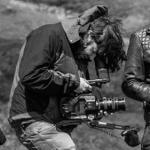
Opinion - DXOMark's camera scoring makes ZERO sense!
benymypony reacted to Oliver Daniel for a topic
I don't bother looking at charts. Just try out a few cameras, see what looks best, and shoot with it.1 point -
Yea, you can get a faster lens, or switch to a booster system, but sometimes you need a deeper-than-two-inch DOF, though... and that's when high (6400+) ISO performance becomes irreplaceable. Shooting a naturally-dim/dark scene at F8 with very little noise is a unique look, and really only the Sonys can do it right now.1 point
-
Plenty should be interested with that comparison. A cursory search of YouTube's opening three pages shows comparisons between the Nocticron and Panasonic lenses and comparisons between the Sigma 50mm f1.4 and the Canon equivalents.1 point
-

Opinion - DXOMark's camera scoring makes ZERO sense!
Jn- reacted to webrunner5 for a topic
Man that outfit is prettier than a Speckled Puppy!1 point -
GH5 180fps Clips for Download
Neumann Films reacted to SuperSet for a topic
Ok, got some sleep and dug out the VLogL to Rec709 LUT from IWLTBAP for another shot at grading. It looks much better now than my previous amateurish attempts. But it would be nice if Panasonic worked on the VFR bit rate a bit more. Still, I'm back on board this GH5 train. Choo choo.1 point -
Incredible RED sensor
zerocool22 reacted to wolf33d for a topic
I do not care that RED applies what ever correction and magic to their file and cook them for 10h before delivering it to my memory card. I care that what I get on my memory card is an absolutely fantastic looking 16 bit RAW image with 15.2DR and no noise. In a SS35 sensor... so imagine in FF.. I care that what we can buy for 3K today are 11DR in a GH5, or 14.8DR for stills in a D810 but with a body and logic (mirror) as old as my father and video capabilities of a 2010 phone. There is something wrong in this world. Why is there no US/EUR company making cameras? We have Apple in the US who completely changed the computer industry, then the music industry, now the phone industry and all those asian company copying what they do, taking them years to equal the product each time. Now why dont we have a Canon or Nikon from US? With people who can actually innovate and give us the best tech and innovations in products dedicated to photo and video. I am so tired of those Japanese company as classic as it gets serving us the same shit for years. Those guys are the most conservative people on the planet. Makes me sick. Now what a surprise RED is from California, and gives us a way better S35 sensor than any FF sensor ever done by whoever else.1 point -
GH5 180fps Clips for Download
webrunner5 reacted to BenEricson for a topic
This is another case where a c100 in a lot of situations is just going to look better. It will be just as sharp in 1080 and render better skin tones and overall scene colors. Don't get me wrong, I pre-ordered one and I am excited about it, but it seems like every clip still has that GH4 look.1 point -
The argument for in-camera NR is that it is working with the raw sensor data, whereas with NR in post you're working with the compressed codec (on non-raw-video cams of course) and thus much less data.1 point
-
This guessing game is getting boring. Out with the truth!!! P.S Why do people still upload and pay for vimeo... It can't stream to save its life and I dispute that the end result is better than YT.. Even if we had a little better colours here and there ,chopy videos are not going to win any favours..1 point
-

1dx II vs a7r2 - Dave Dugdale responds
jasonmillard81 reacted to Andrew Reid for a topic
Dave has done a great job matching colour in this. 1D X Mark II is a bit softer out of the box, as it doesn't have any digital sharpening in-camera when it is turned all the way down.1 point -

1dx II vs a7r2 - Dave Dugdale responds
jasonmillard81 reacted to jcs for a topic
Hey Shawn, the 1DX II 4K is soft. It's ok, it looks great! Even the GH4 4K has more detail, however the 1DX II has much better color control and the image looks more organic. To get full detail 4K we need an 8K sensor and good downsampling to prevent aliasing (Nyquist)...1 point -

New information regarding H.265 on the Panasonic GH5
hmcindie reacted to Eric Calabros for a topic
This h.265 "same quality for half file size" slogan is just true about ridiculously low bitrates, above 100Mbps you gain nothing over h.264 quality wise. Kaby Lake encodes/decodes it with full-hardware acceleration, but we don't know yet how efficient it performs the job compared to doing the same with h.264. and just because hardwares are ready, doesn't mean softwares are also ready to use them to their full potential. I think 400Mbps is not enough for 48fps. since its ALL-I, for every frame there is only 1MB room. Its a bit low for a 9 megapixel image.1 point -
Agreed!!! Also worth checking out the "CinematographyDB fans" YT channel! ;-) "Every Frame is a Painting" is a other must watch channel. Now for something a little different, sound: Matt Price / SoundRolling.com is in my eyes by far *the best* (arguably the only!) non-commercial (i.e. not run by a manufacturer or retailer) YT channel about sound from the perspective of a working working professional location sound recordist. https://youtube.com/user/ThatWasSound1 point
-
1 point
-

GH5 IBIS With Panasonic Lenses Only?
Orangenz reacted to mechanicalEYE for a topic
He means Dual IS, the IBIS has been confirmed to work with non lumix brand lenses. Luke has stated that he's used a Sigma lens on the GH5.1 point -
I get 3 batteries for the drone. Multiple batteries for the cameras and also 2 bank power of 13000mha each for my phone which will be the GPS and any camera that can be usb charged (RX100 for exemple). I will have all necessary safety gear for sure. Here is a picture of me on the summit of a volcano, 4000m altitude. I did not have any drone and regretted this more than ever. Imagine the drone footage here... (click on image for better quality, photo done with RX100. Similar one without me on my gallery done by the Nikon. See how much better, cleaner and nicer is the Nikon one) The thing below my hand is another volcano. That was in Guatemala. There is another volcano on the right that we dont see on the image. Super active. A picture is in my gallery: https://500px.com/photo/168838135/fuego-on-fire-by-loup-fsr?ctx_page=1&from=user&user_id=860266 We spent the whole night camping in front of it, at 3600m before summiting before sunrise. Never regretted that much not having a bloody drone with me to fly above the eruption. Would have been a world class incredible footage. Damn And by the way the 5200m we did in Bolivia was a preparation Trek for summiting a 6100m summit which we did not do cause a friend broke his collar bone and got surgery in La Paz. Thats the reason why there is actually no video of this Guatemala/Bolivia trip even though I have tons of footage (erupting volcano timelapse anyone..? )1 point
-
I do humble camping trips and keeping it light and easy is a nightmare. I do some walking, but nothing extreme (not even close to exotic places), and the weather here in south east Europe is rather mild (or if it is snowy like right now, we don't even go out for work!) and still I am trying to pack as less as possible. How are you going to move all this equipment on site? It can be a logistics nightmare. I usually take in one camera bag a NX3000 (this is my "crash" cam) 230gr, NX500 292gr, NX1 550gr, and 10mm 72gr / 12-24 208gr / 16-50S 622gr / 45mm 115gr. Maybe you should choose between systems, Nikon or Sony, it can be more convenient for batteries, accessories etc, these are taking space and some weight too. Also the big decision is if you really need full frame or not, that can make a huge difference in size and weight ratio.1 point
-
1 point

